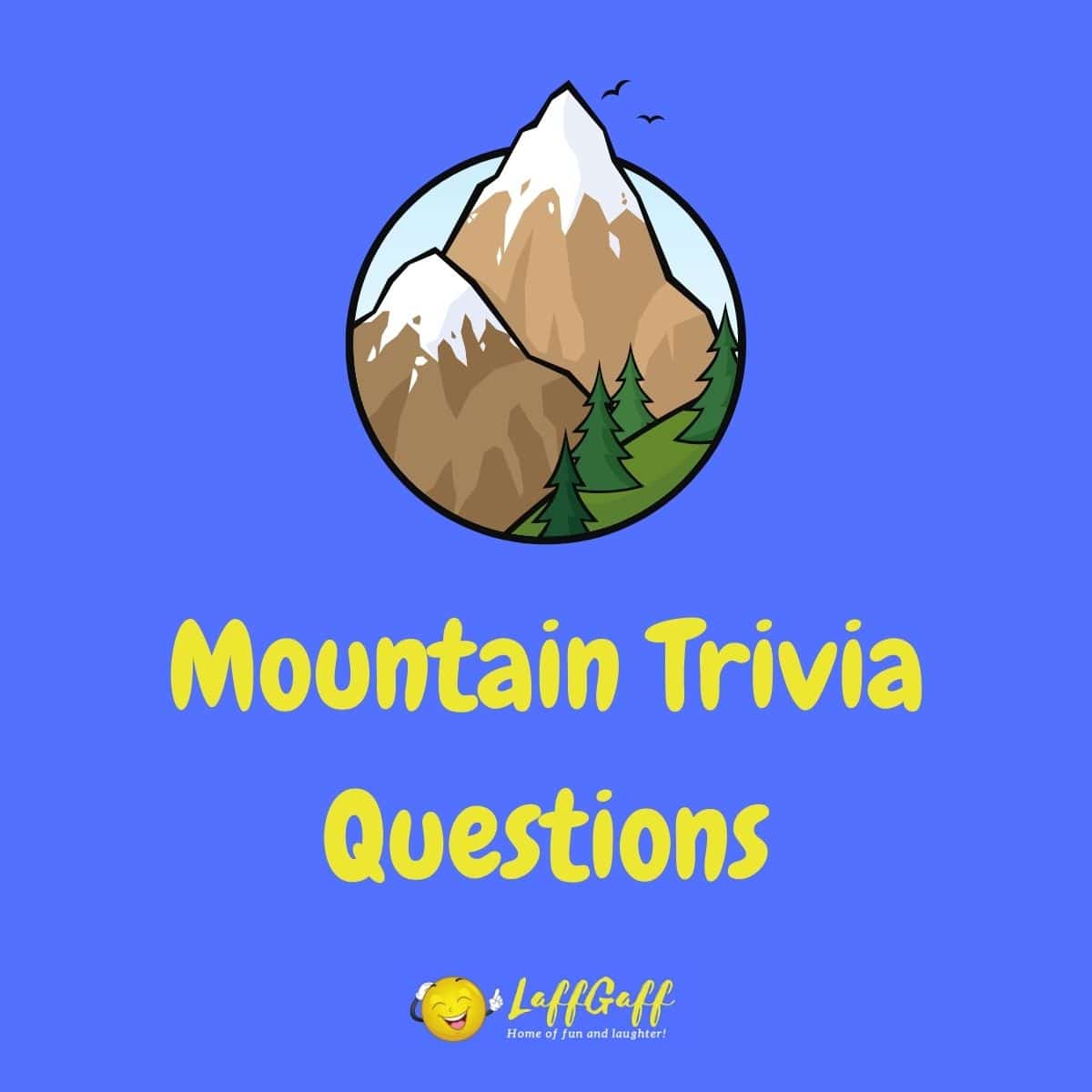Question: In what country is Mount Kilimanjaro?
Show answer
Tanzania.
Mount Kilimanjaro, often referred to as the “Roof of Africa”, is located in the East African nation of Tanzania. Towering at a majestic height of 5,895 meters (19,341 feet) above sea level, it stands as the tallest mountain in Africa and is the highest free-standing mountain in the world.
Kilimanjaro is not a typical mountain. Rather, it is a massive stratovolcano that comprises three distinct volcanic cones: Kibo, Mawenzi, and Shira. Of these three, Kibo is the highest and is dormant, but not extinct. Within the crater of Kibo lies the remnants of a once magnificent ice cap and glaciers, which, over the past century, have dramatically receded due to climate change. The Furtwängler Glacier, located near the summit, is one of the most iconic and photographed glaciers on the mountain.
Mount Kilimanjaro holds a special place in both local and global imaginations. For the indigenous Chagga people and other ethnic groups living around its base, the mountain has cultural and spiritual significance. Legends, myths, and traditional ceremonies are often associated with it. For trekkers and mountaineers from around the world, Kilimanjaro represents a unique challenge. Unlike other high-altitude climbs that require specialized equipment and mountaineering skills, many sections of Kilimanjaro are accessible to individuals with basic trekking experience. This has made it a sought-after destination for adventure enthusiasts aiming to conquer one of the world’s Seven Summits.
The mountain also plays a crucial role in Tanzania’s economy. Tourism, especially trekking and climbing expeditions, brings in significant revenue, supporting local businesses, tour operators, and the livelihoods of thousands of porters, guides, and other staff.
Ecologically, Mount Kilimanjaro is a wonder. Its vast elevation range means that it spans several distinct ecological zones, from savannah and montane forests at its base to alpine meadows and a barren lunar landscape near its summit. This diversity of habitats is home to a variety of plant and animal species, some of which are unique to the mountain.
In summary, Mount Kilimanjaro is not just a geographical landmark. It is a symbol of Tanzania’s natural beauty, a beacon for adventurers, and a vital ecological and economic asset for the region. Its grandeur and multi-faceted significance make it a treasure of the African continent.



